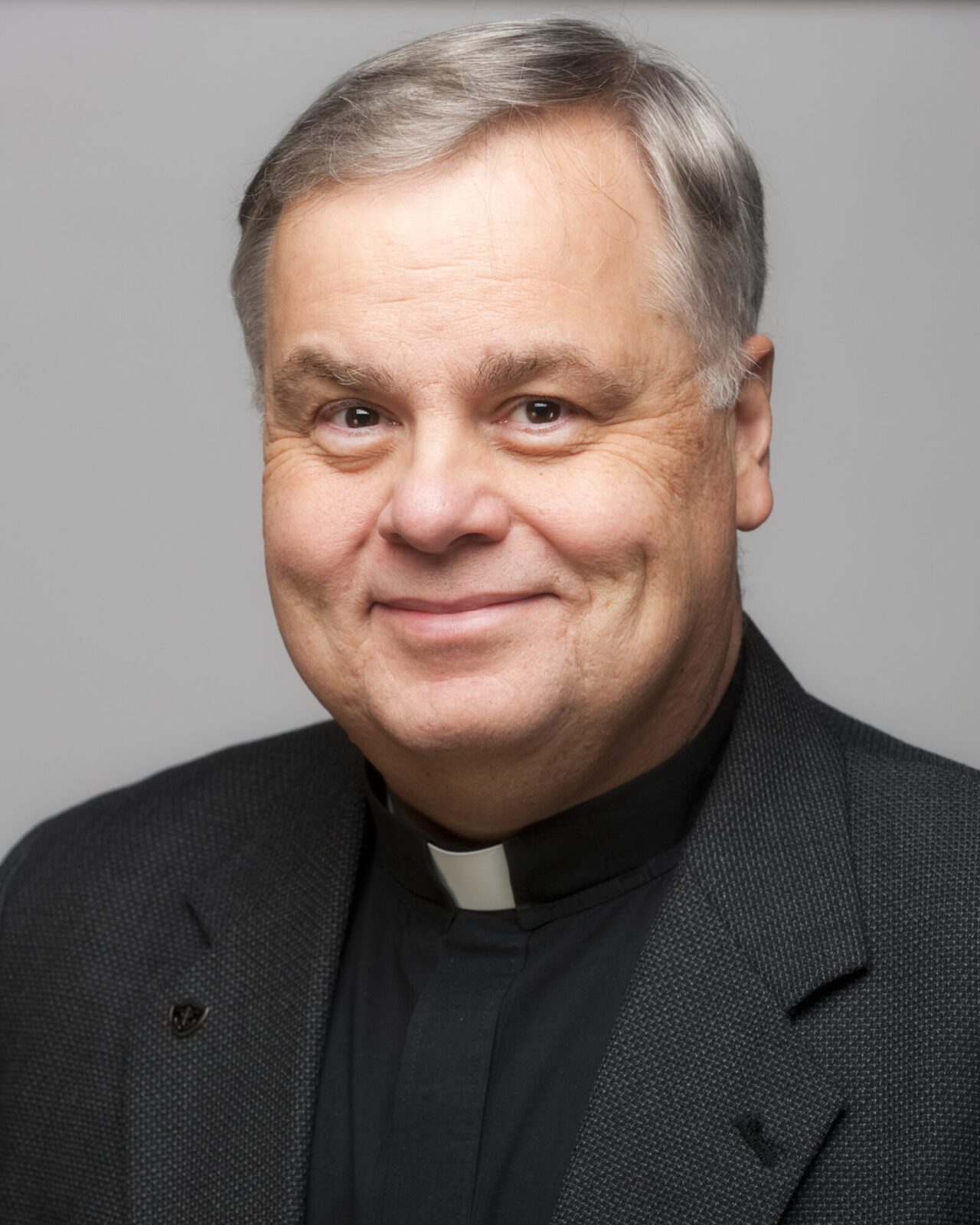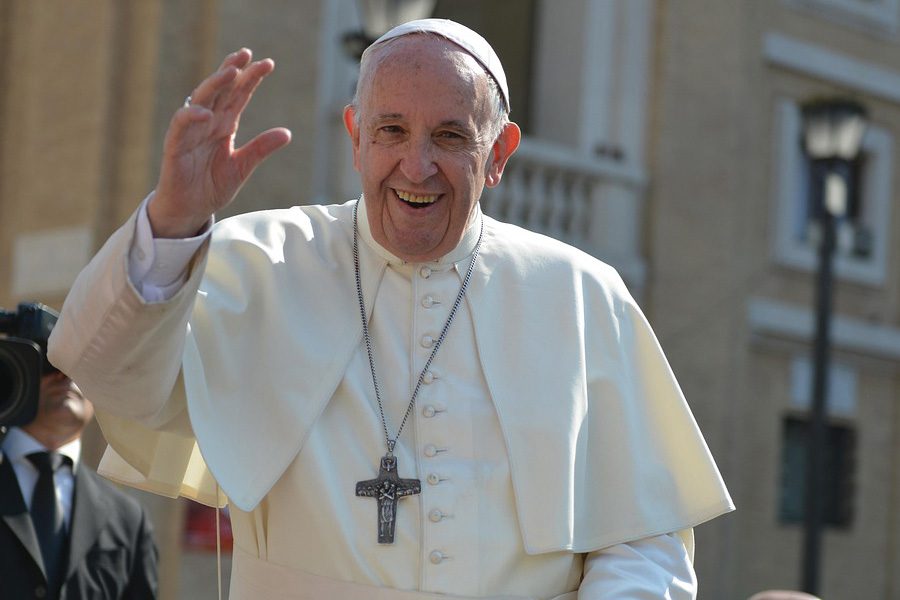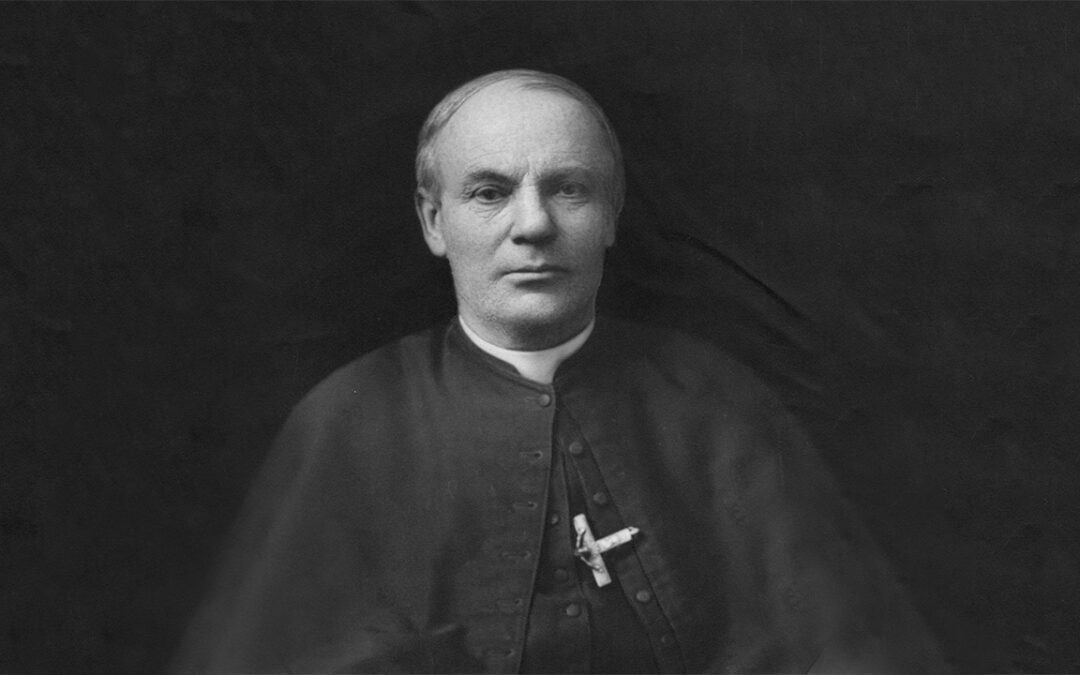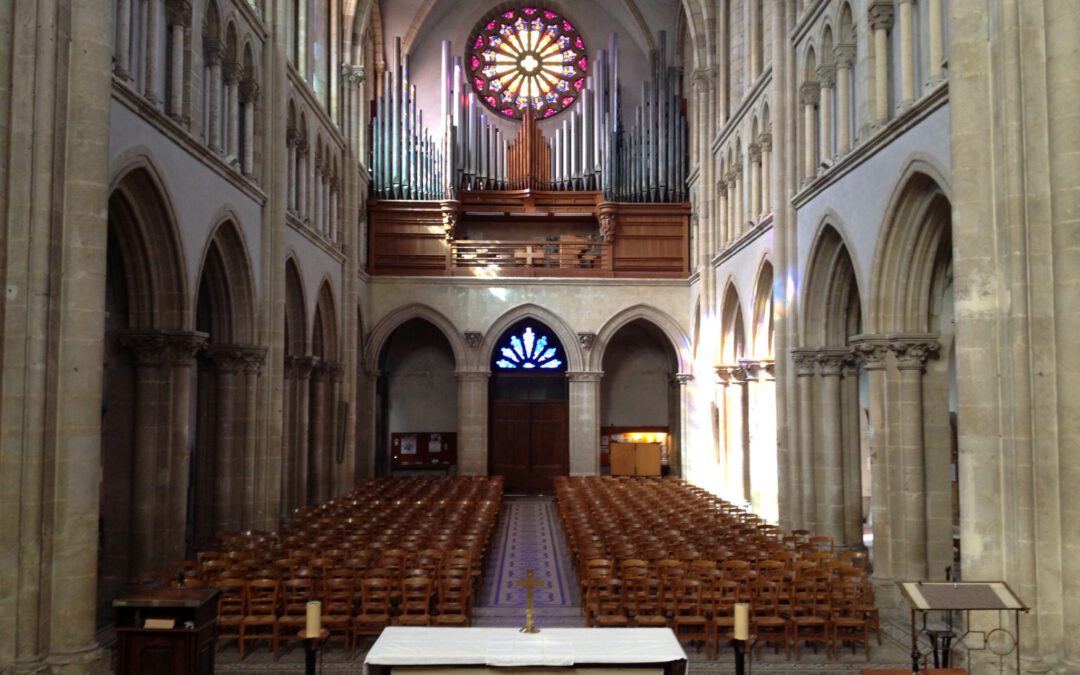When I was a child, it seemed to me that everyday life – everyday human experience – was somehow paper-thin, or lacking an essential dimension. The world we lived in, as we understood it and described it to each another, was fine as far as it went, but something deeper and richer – something more real – was habitually escaping our perception, and being left out of the conversation. When I described something – when I said what it looked like and sounded like and smelled like – when I had exhausted the qualities of shape and weight and color and texture – I felt like I was left with the equivalent of a crude stick drawing of something infinitely more complex. And the part that had escaped perception and description was the important part – the part that was most thrilling and beautiful. And I was afraid that the inadequacy of my grasp of what was really going on around me was undermining my decisions and choices. How could I do the right thing when I couldn’t get my mind around what was really important? Couldn’t a wrinkled, yellowing page of last year’s Sunday comics be more precious than a shiny new toy? How could I know? (As you can imagine, the box of “treasures” in my bedroom closet had some pretty odd contents.) And what about people? Which ones were really good? Which ones were really beautiful? I assumed that everyone was struggling with questions like these, and found it as frustrating as I did. Perhaps they were. Perhaps they did.
My frustration inspired my love of words. I thought that if I had more and better words – more and better tools – I might be able to capture the elusive quality of things and people. Stories were precious because they sometimes precipitated a thrilling intimation of the real. Places mattered too. Just as one might turn an old radio this way and that to get the best reception of a faint signal, a particular place might best afford glancing impressions of the something more behind the everyday. The best place I ever found was in the sun-dappled upper branches of a tree I called “Big Ben” in our backyard in Kankakee, Illinois. I would sit there, swaying in the summer breeze, waiting for a flash of insight, an instant, gone before it was fully grasped, in which everything seemed to fit together and was understood.
Today’s gospel seems to support my old instinct that there is more to the world than meets the eye. That something more is Christ. Jesus says:
“In a little while the world will no longer see me, but you will see me, because I live and you will live. On that day you will realize that I am in my Father and you are in me and I in you…
And whoever loves me will be loved by my Father, and I will love him and reveal myself to him.”
Someday, everyone will have eyes to see the risen Christ. That is called “the Second Coming.” But to the eyes of faith he has been here all along. Christians find him in nature, in one another, in the poor, in the Word, and in the Eucharist. How do we manage it? It takes one to know one. Like recognizes like. It is Christ’s spirit dwelling in us that enables us to experience Christ in the World. And to the extent that we do, Christ’s kingdom has already come, and we enjoy a foretaste of everlasting life.
Rev. Charles B. Gordon, C.S.C., is co-director of the Garaventa Center for Catholic Intellectual Life and American Culture at the University of Portland. He writes and records a regular blog called “Fractio Verbi.”





